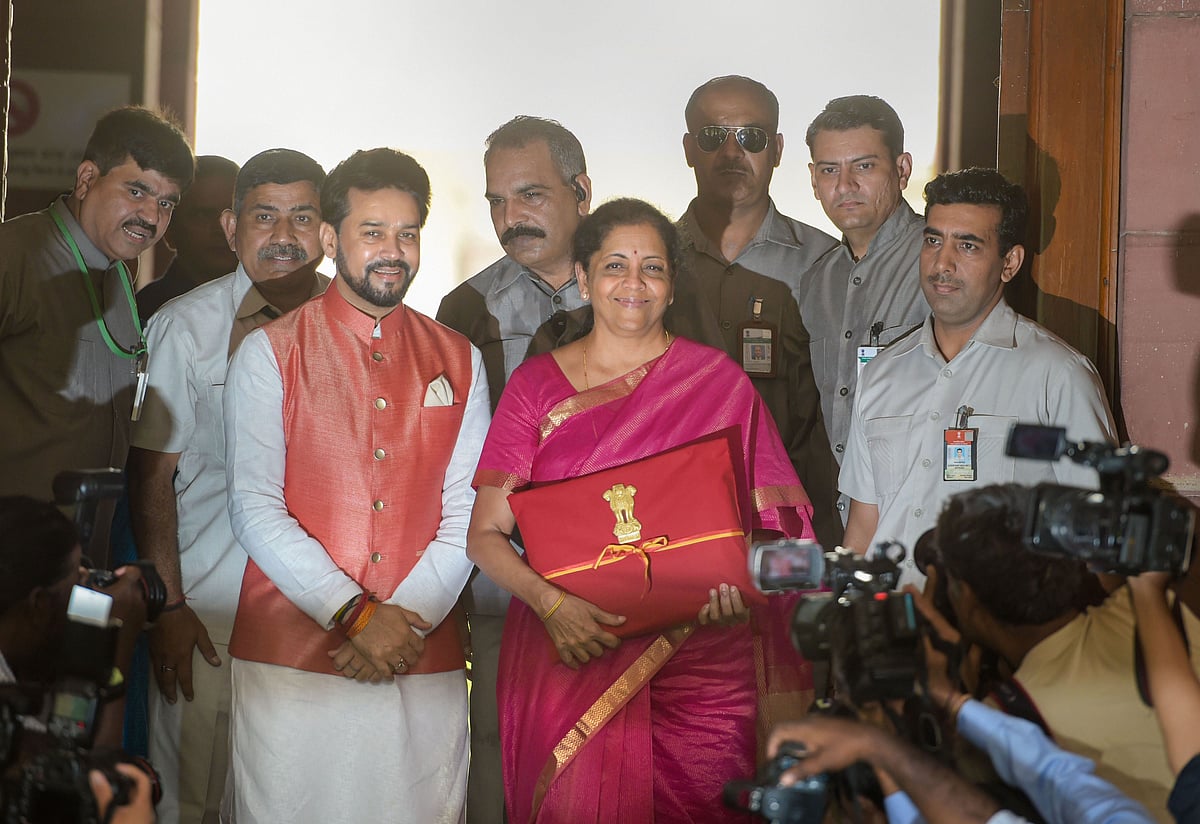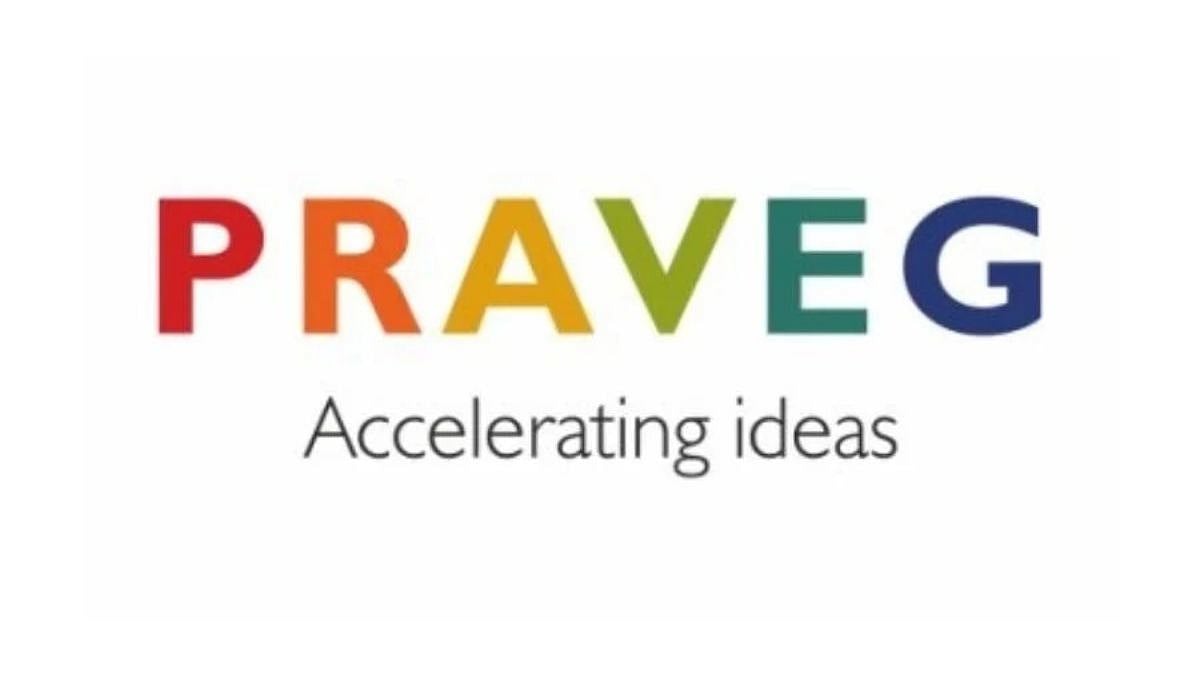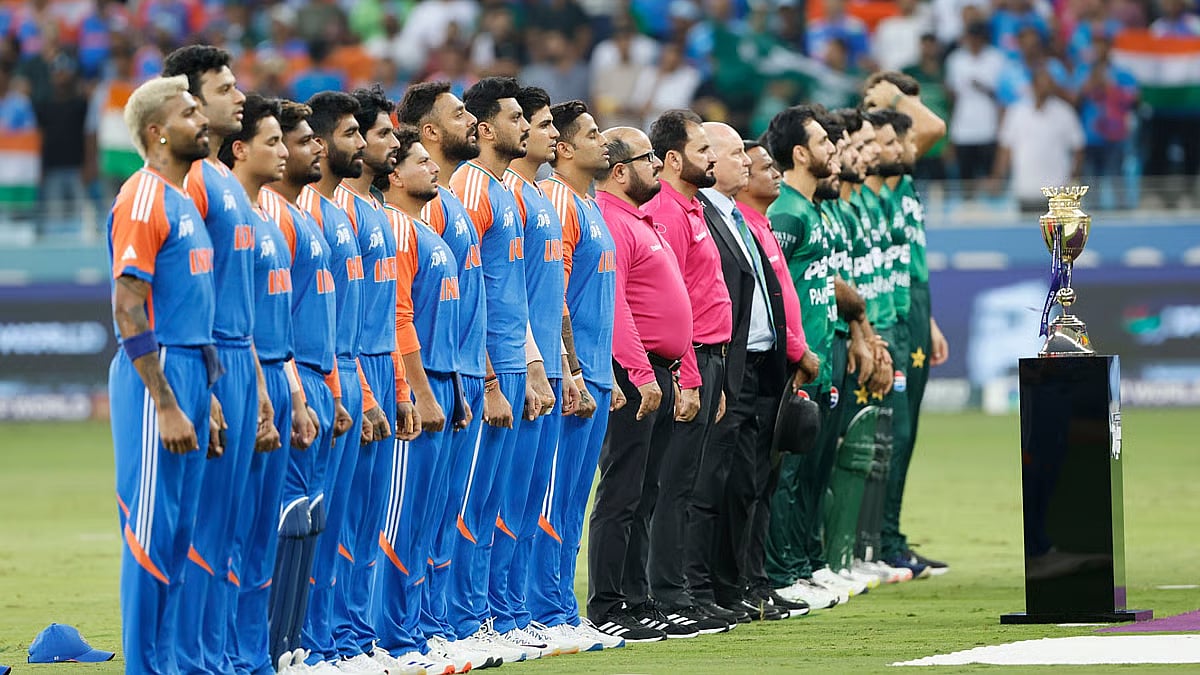A government emerging from a second consecutive electoral win is in a position to take big and bold decisions. From that perspective, Budget 2019 may fall short. There is a strong emphasis on continuity, with some changes tailored to stakeholder expectations.
Finance minister, Nirmala Sitharaman, has reiterated the focus on bijli-sadak-paani and makaan, addressed liquidity issues (recapitalisation and fillip to NBFCs), set an amibitious disinvestment target, boosted green technologies, emphasised incubation of entrepreneurship and expressed a commitment to ease of doing business – all of which had been anticipated. To these broad policy parametres, she has added ‘ease of living’.
The thrust on infrastructure is, of course, the most distinctive feature of the budget. The other big takeaway is that in terms of job creation, the focus will be on entrepreneurship and self-employment. This is evident in the facilitation of start-ups, stress on skill development and training and programmes such as stand-up India.
For the first time, there appears to be an awareness that India must be prepared for future job markets, by promoting skills in cutting-edge areas like robotics, automation and artificial intelligence. During its previous tenure, the proposal for creation of skilled, language-enabled labour for overseas job markets had been mooted and has now received a boost.
In terms of manufacturing, Make-in-India is obviously in dire need of added impetus, as private investment has not been as robust as expected. Thus, the idea creating mega-manufacturing and aviation hubs, aggressively wooing foreign direct investment, tariff protection for local manufacturing and instituting local sourcing norms in single-brand retail.
The existing approach to the rural sector has been carried forward in schemes such as income support for farmers, roads, housing, agri-industry, skill development, Swachh Bharat and e-connectivity. The ‘nudge’ approach of top-down schemes, as mentioned in the Economic Survey, is obviously believed to have been effective. The palpable thrust on existing schemes which are expected to deliver on the promise of doubling farm incomes, is expected to stimulate rural demand and therefore, manufacturing.
No significant policy innovations have been proposed for the agricultural sector. A passing reference was made to zero-budget farming and an additional 10,000 farmer-producer organisations (to facilitate farmer entrepreneurship), but the hoped-for marketing reforms did not materialise.
Clearly, the government anticipates the e-NAM (national agriculture market), which has so far been a non-starter, will eventually come to fruition and allow farmers ‘ease of doing business’.The National Warehousing Grid is a much-needed initiative from the agriculture marketing point of view, but state governments will have to get on board and so far, they have been reluctant even to recast the APMCs.
The ‘har ghar jal’ mission, like Swachh Bharat, will entail a high level of community participation. The management of water supply and demand at the local level, a marked shift from the big irrigation projects of the past, will demand behaviourial change on the part of consumers. Drought-proofing did not come in for a special mention, presumably because it will be part of the overall water security campaign.
Relief to tax-payers has been in the form of alleviation of harassment by Income Tax officials, easier filing of tax returns, as well as allowing Aadhaar-PAN interchangeability and tax benefits to homebuyers. The rumoured increase in tax burden did not materialise, except in the super-rich segment. Lest big business complain, it received a sop in the shape of a tax break to corporate entities with a turnover of up to Rs 400 crore.
The special outreach to women was expected, given their enthusiastic electoral participation. The boost to Self-Help Groups, with a Rs 5,000 overdraft limit, interest subvention and easy loans will go down well with rural women. Equally welcome are the incentives for electric vehicles and green power, as part of India’s effort to reduce dependence on fossil fuel imports.
Health and education sector professionals may have hoped for larger allocations. The former may indeed have expected Ayushman Bharat to figure prominently, both as a service provider and job creator. However, the Rs 400 crore infusion for institutes of excellence is welcome, as is the proposal to position India as a higher education hub.
As always, India is expert in leveraging soft power. Thus the emphasis on pro moting tourism, artisanship, tribal heritage and yoga. The FM has proposed streamlining labour laws into a single wages code, which is significant in the light of the Economic Survey’s espousal of the ‘Rajasthan model’. This is expected to go a long way in facilitating ease of doing business and attracting foreign investment, but many political hurdles have to be traversed. Overall, it is not a ground-breaking budget by any means, but it has a little something for everyone.
The writer is a senior journalist with 35 years of experience in working with major newspapers and magazines. She is now an independent writer and author.










